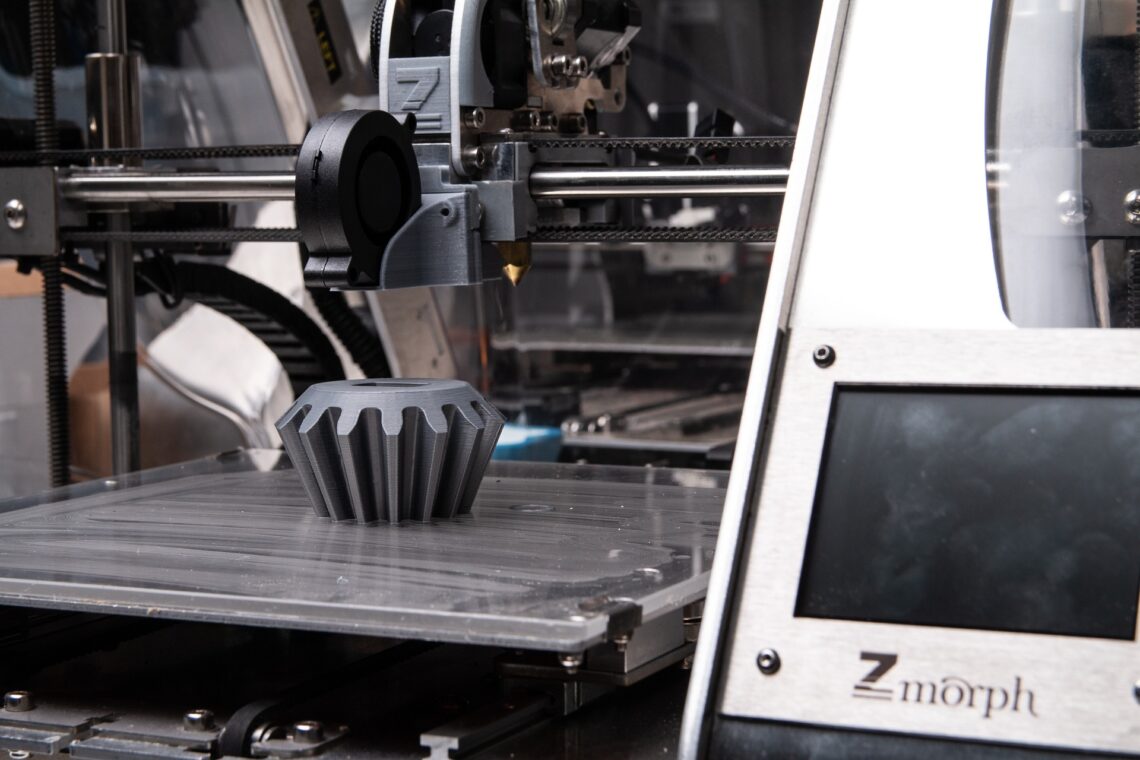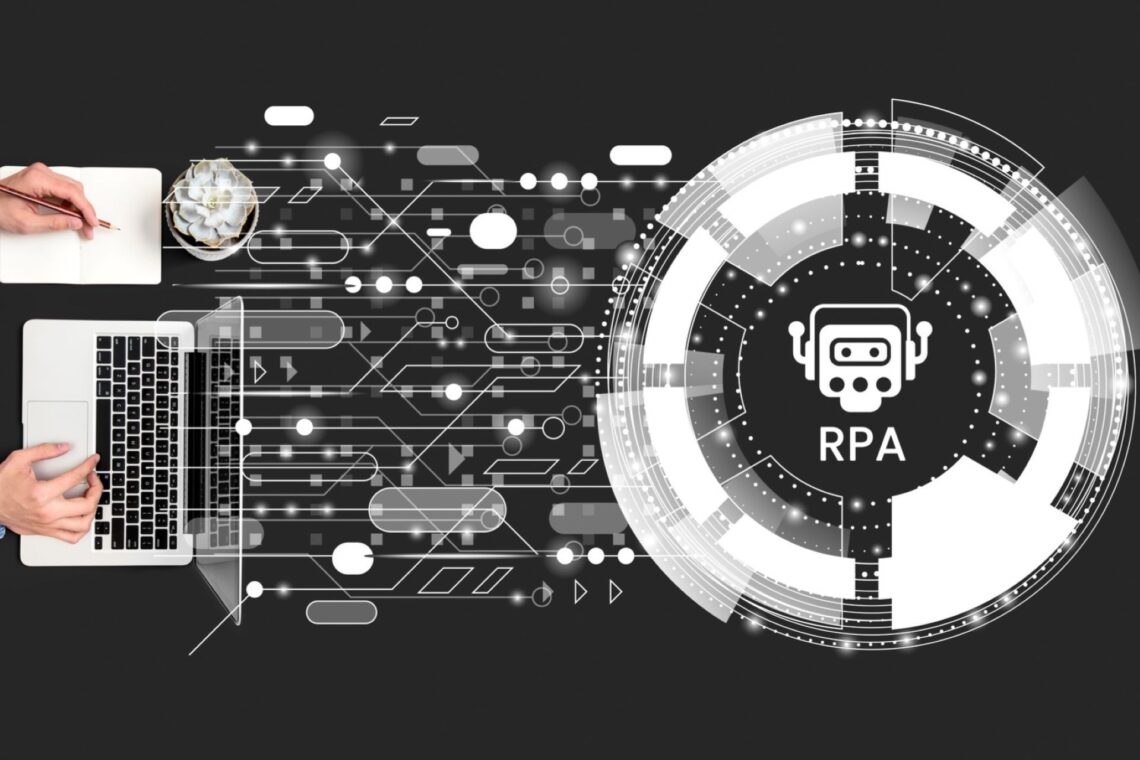-
3D Printing: Transforming Manufacturing
3D printing, also known as additive manufacturing, is revolutionizing the manufacturing industry by enabling on-demand production of complex parts and customized products with unprecedented speed and efficiency. By layering materials based on digital designs, 3D printing eliminates traditional manufacturing constraints, reduces waste, and facilitates rapid prototyping and iteration. From aerospace and automotive to healthcare and consumer goods, leveraging 3D printing... -
Digital Twins: Improving Product Design
Digital twins are virtual representations of physical objects, processes, or systems that enable real-time monitoring, analysis, and optimization throughout the product lifecycle. By integrating IoT sensors, data analytics, and simulation technologies, digital twins provide insights into product performance, predict maintenance needs, and facilitate iterative design improvements. From manufacturing and construction to healthcare and smart cities, leveraging digital twins enhances product... -
No-Code/Low-Code Platforms: Development Simplified
No-code/low-code platforms are democratizing software development by empowering users with limited coding experience to create applications and automate business processes with ease. By offering visual interfaces, drag-and-drop functionalities, and pre-built templates, these platforms streamline application development, accelerate time-to-market, and foster innovation. From citizen developers and business analysts to IT professionals, no-code/low-code platforms enable cross-functional collaboration and unlock opportunities for digital... -
Cybersecurity in Healthcare: Protecting Patient Data
In the healthcare sector, cybersecurity plays a critical role in safeguarding sensitive patient data and protecting against evolving cyber threats. With the digitization of medical records and the proliferation of connected medical devices, healthcare organizations are increasingly vulnerable to data breaches and cyberattacks. By implementing robust security measures, including encryption, access controls, and threat detection systems, healthcare providers can mitigate... -
Robotic Process Automation: Streamlining Operations
Robotic process automation (RPA) is revolutionizing business operations by automating repetitive tasks and workflows, enhancing efficiency, and reducing human error. By deploying software robots to perform rule-based processes across systems and applications, organizations can streamline operations, accelerate cycle times, and allocate human resources to more strategic tasks. From data entry and invoice processing to customer service and IT support, RPA...





